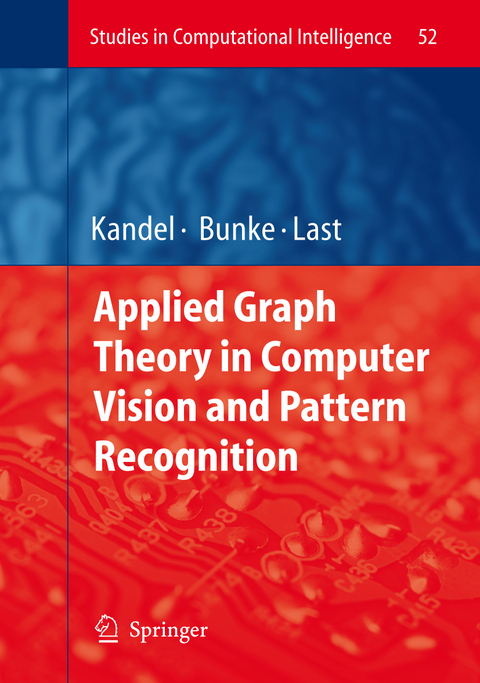
Applied Graph Theory in Computer Vision and Pattern Recognition
Springer Berlin (Verlag)
978-3-540-68019-2 (ISBN)
Applied Graph Theory for Low Level Image Processing and Segmentation.- Multiresolution Image Segmentations in Graph Pyramids.- A Graphical Model Framework for Image Segmentation.- Digital Topologies on Graphs.- Graph Similarity, Matching, and Learning for High Level Computer Vision and Pattern Recognition.- How and Why Pattern Recognition and Computer Vision Applications Use Graphs.- Efficient Algorithms on Trees and Graphs with Unique Node Labels.- A Generic Graph Distance Measure Based on Multivalent Matchings.- Learning from Supervised Graphs.- Special Applications.- Graph-Based and Structural Methods for Fingerprint Classification.- Graph Sequence Visualisation and its Application to Computer Network Monitoring and Abnormal Event Detection.- Clustering of Web Documents Using Graph Representations.
| Erscheint lt. Verlag | 12.3.2007 |
|---|---|
| Reihe/Serie | Studies in Computational Intelligence |
| Zusatzinfo | X, 266 p. |
| Verlagsort | Berlin |
| Sprache | englisch |
| Maße | 155 x 235 mm |
| Gewicht | 1250 g |
| Themenwelt | Informatik ► Theorie / Studium ► Künstliche Intelligenz / Robotik |
| Mathematik / Informatik ► Mathematik ► Angewandte Mathematik | |
| Technik | |
| Schlagworte | algorithm • algorithms • applied graph theory • classification • Cognition • Computational Intelligence • computer vision • fingerprint • Graphs • graph theory • Image Processing • Image Segmentation • learning • Matching • Network • Pattern • pattern recognition |
| ISBN-10 | 3-540-68019-5 / 3540680195 |
| ISBN-13 | 978-3-540-68019-2 / 9783540680192 |
| Zustand | Neuware |
| Haben Sie eine Frage zum Produkt? |
aus dem Bereich


